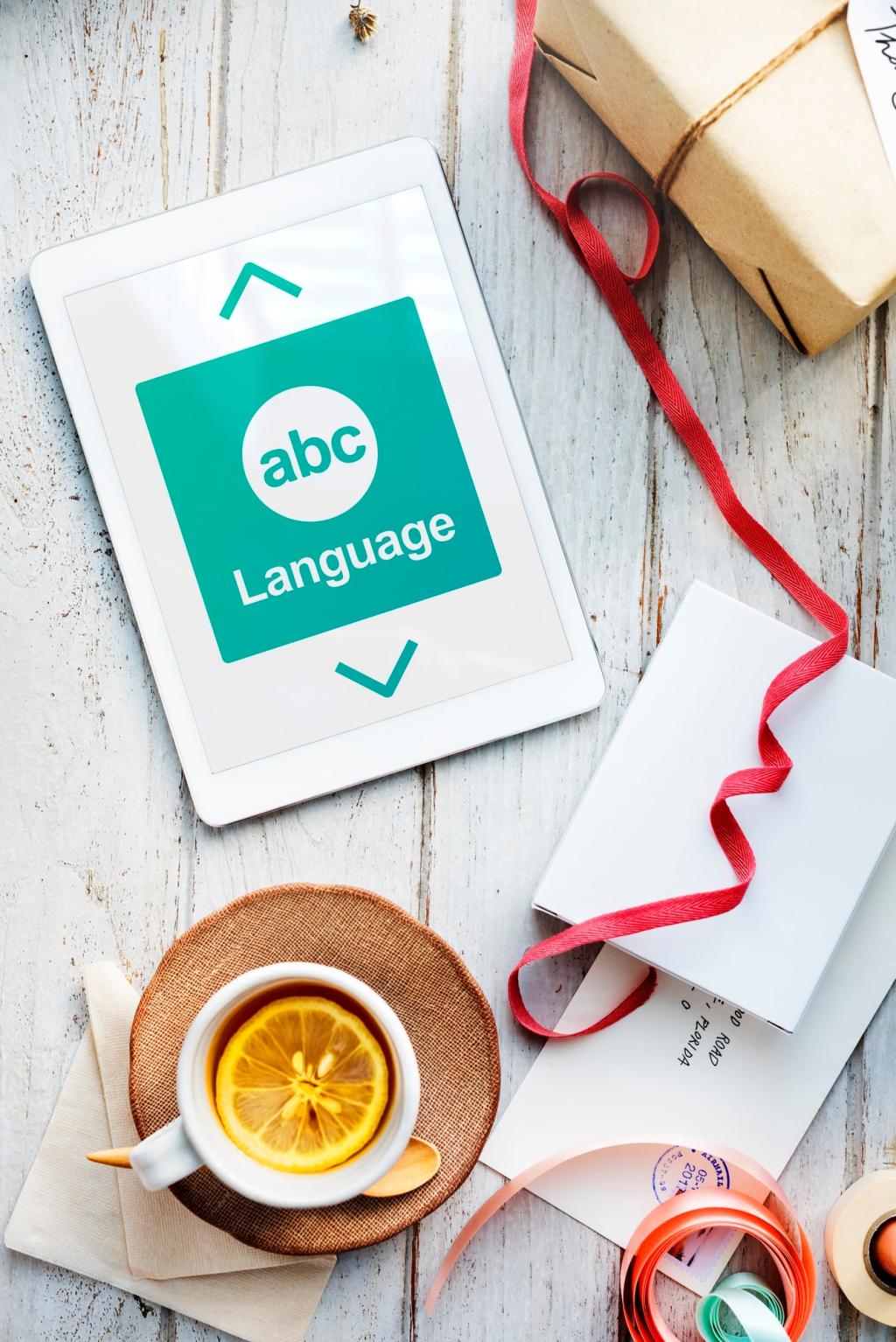Why a Multilingual Resume Matters Right Now
Cross-border teams now collaborate daily, and clients expect culturally aware communication. Recruiters report higher response rates for candidates who show language agility, especially in customer-facing, product, operations, and policy roles spanning markets with different expectations.
Why a Multilingual Resume Matters Right Now
Most talent teams look beyond “fluent” to assess real-world capability. Clear scales, relevant projects, and proofs matter. Demonstrate context—negotiations, user research, vendor onboarding—then quantify outcomes achieved through effective multilingual communication.






